Salam Lebaran, Minal Aidil Wal Faizin
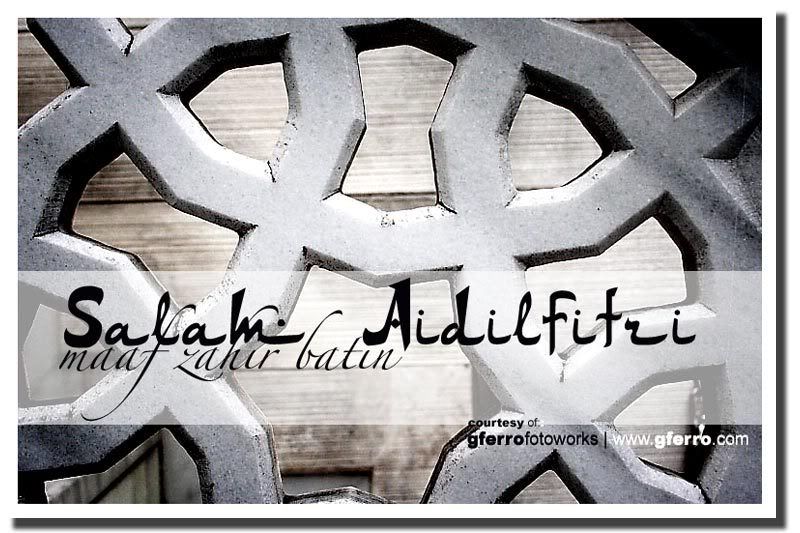
Feel free to use the e-card above as it is.

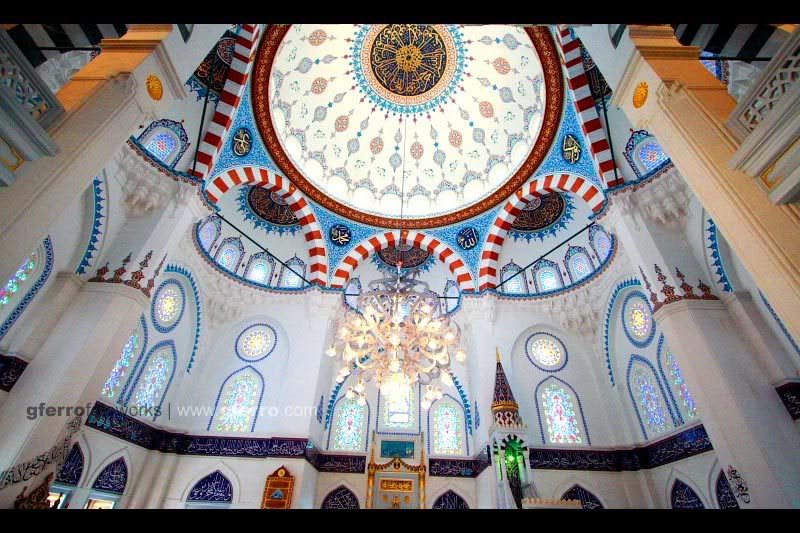
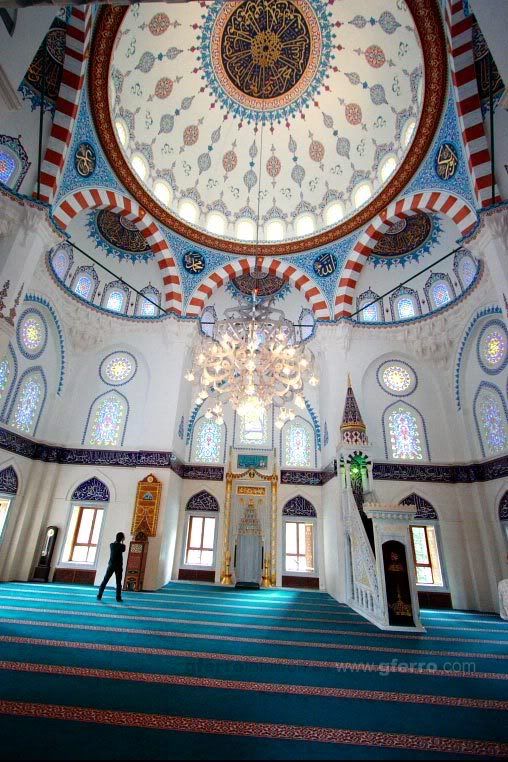
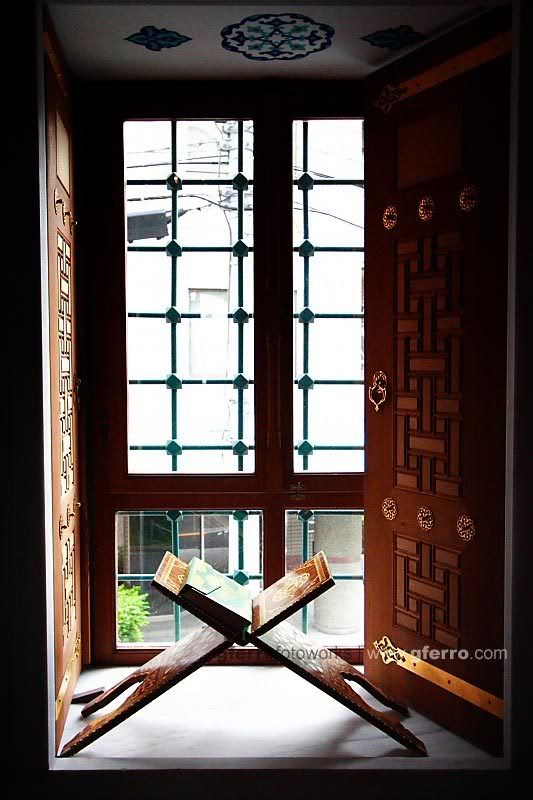
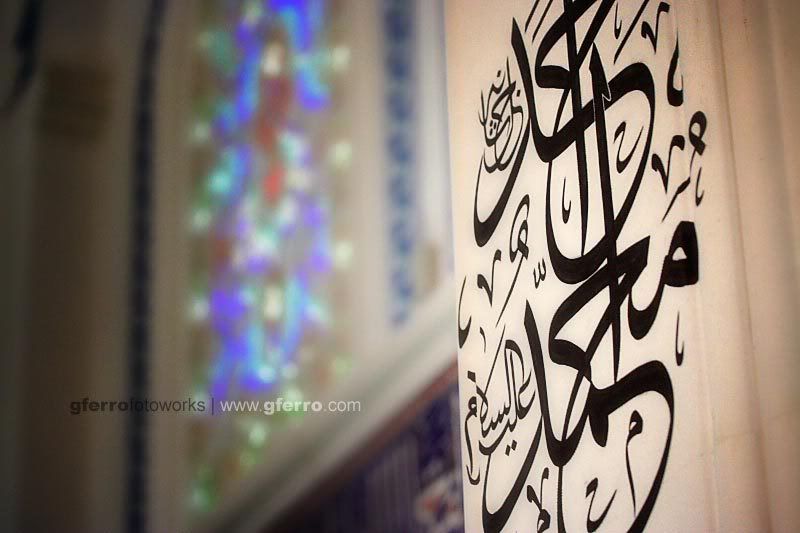
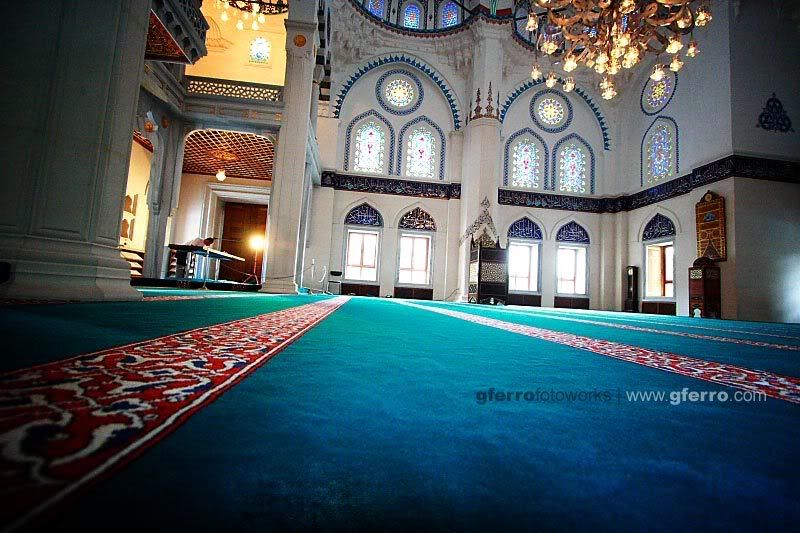


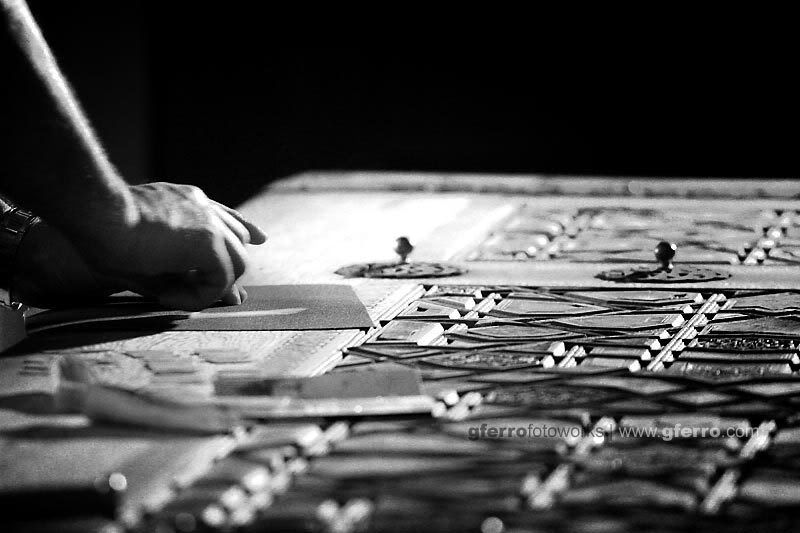

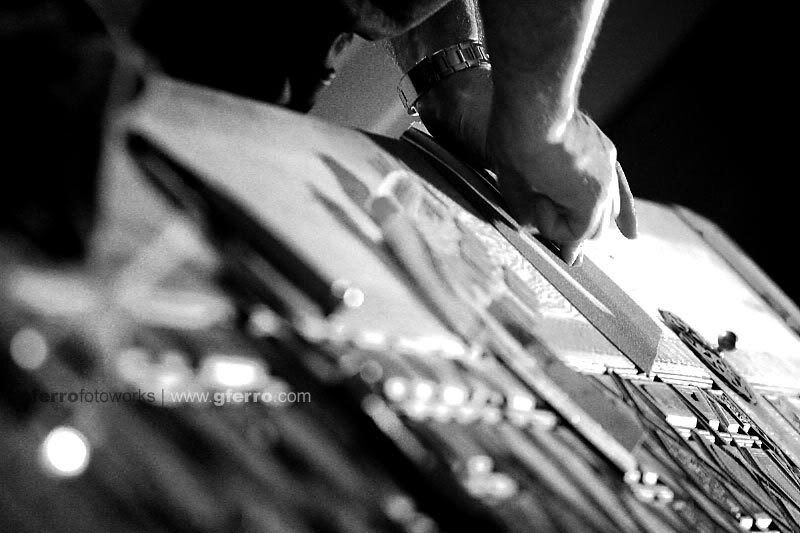
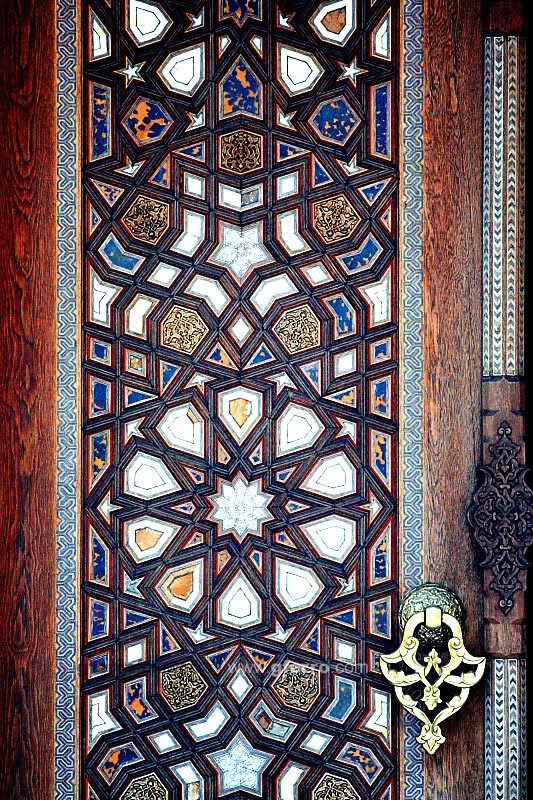
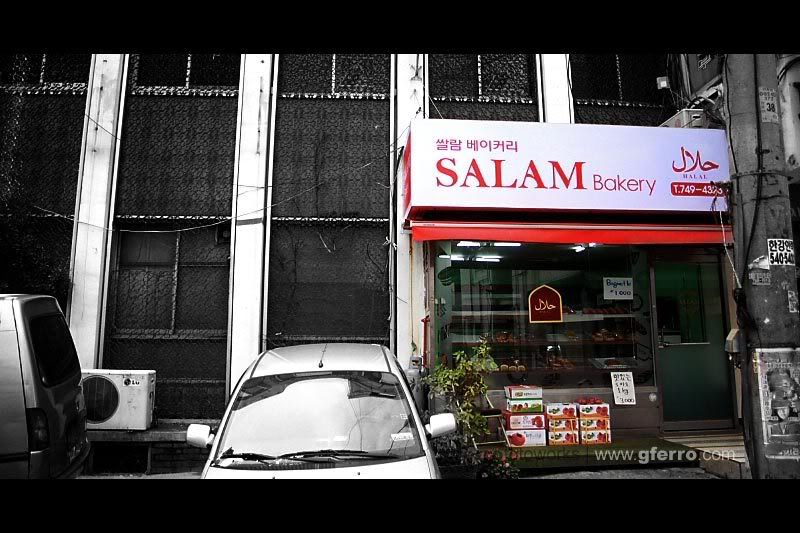
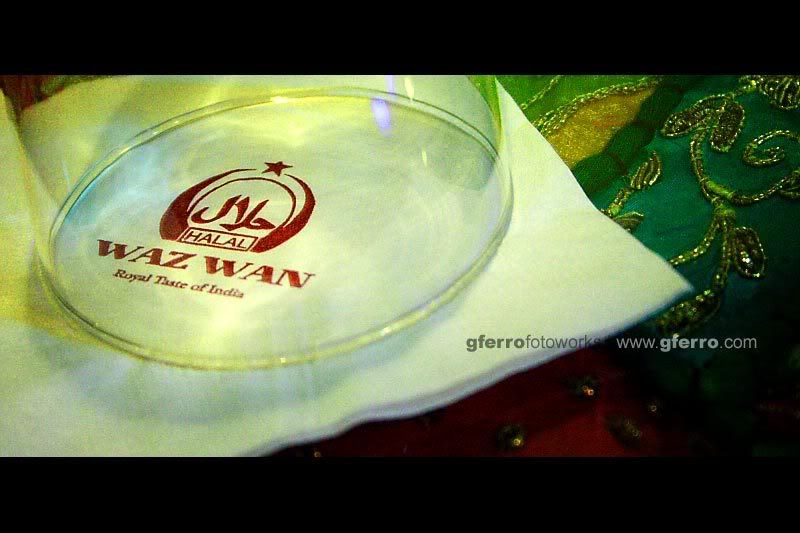
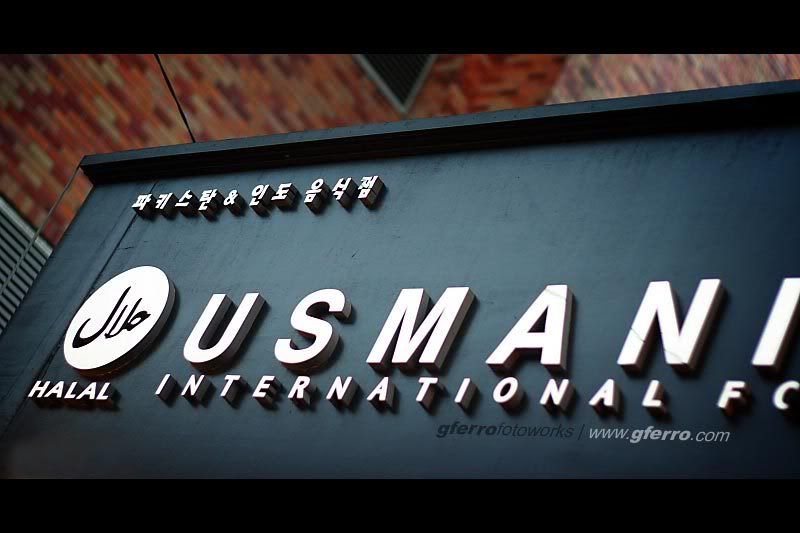
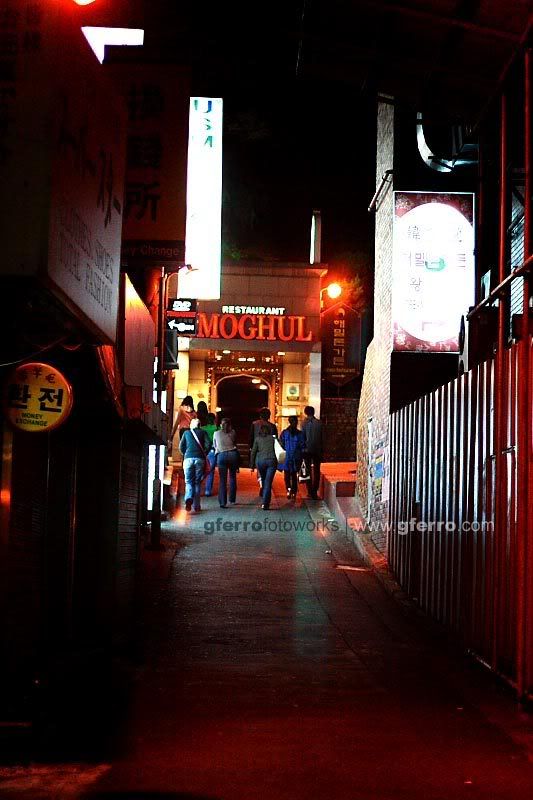
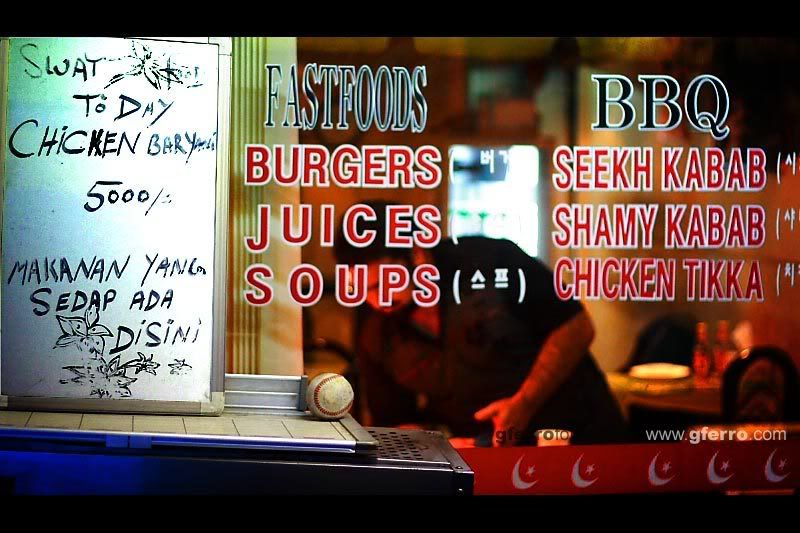
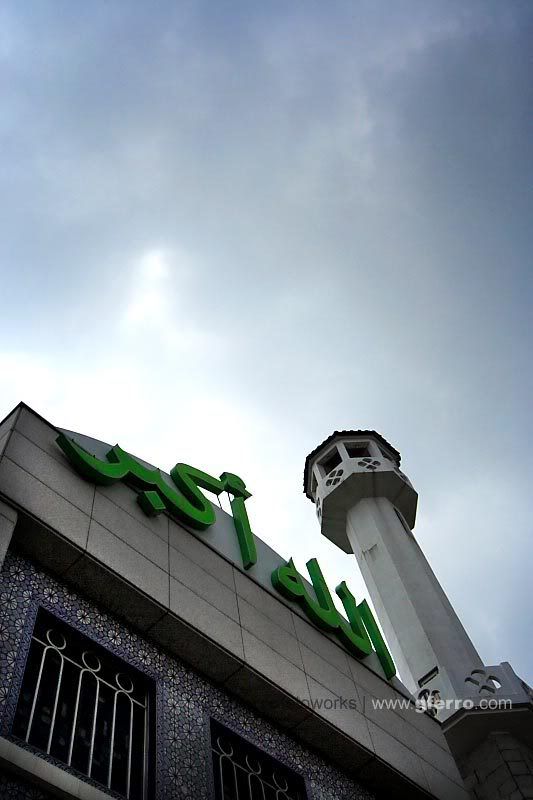

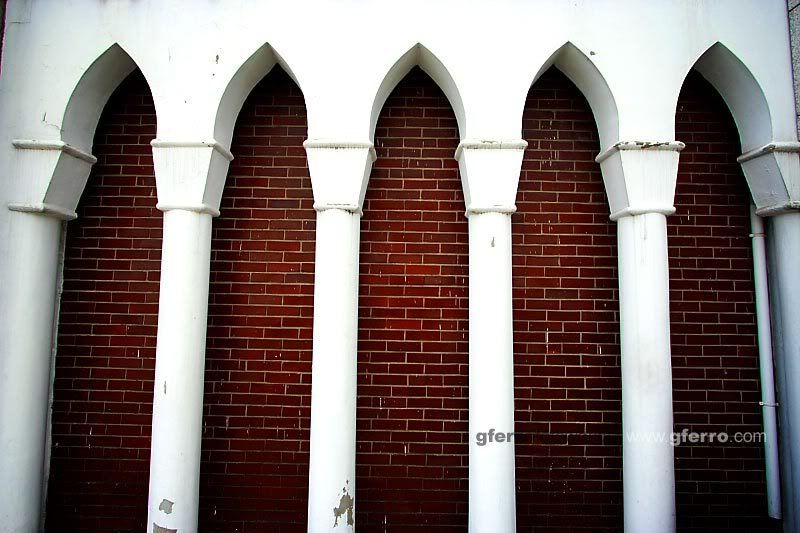
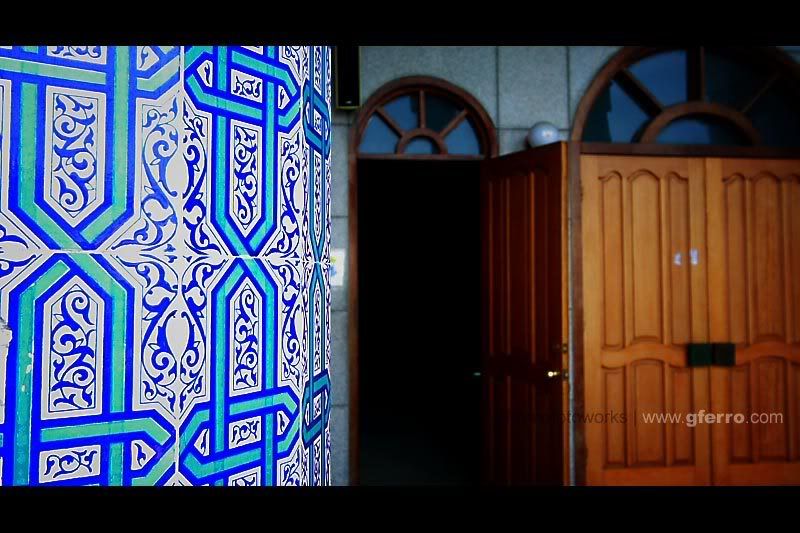
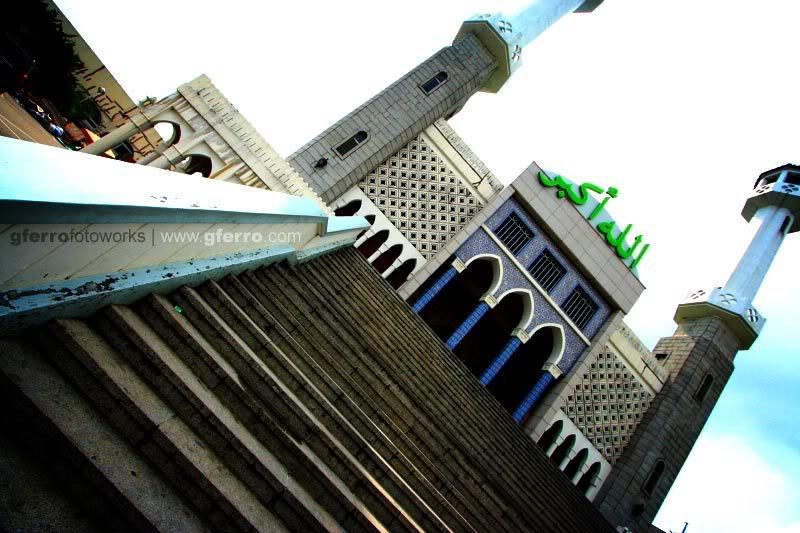




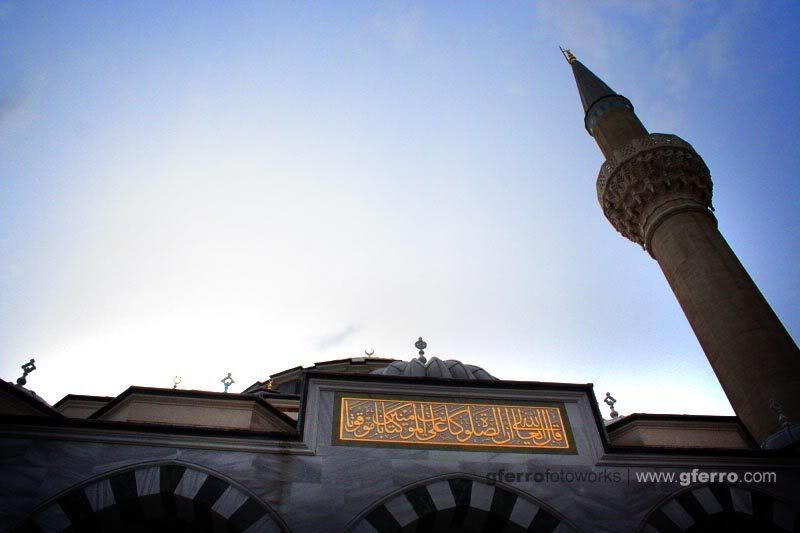

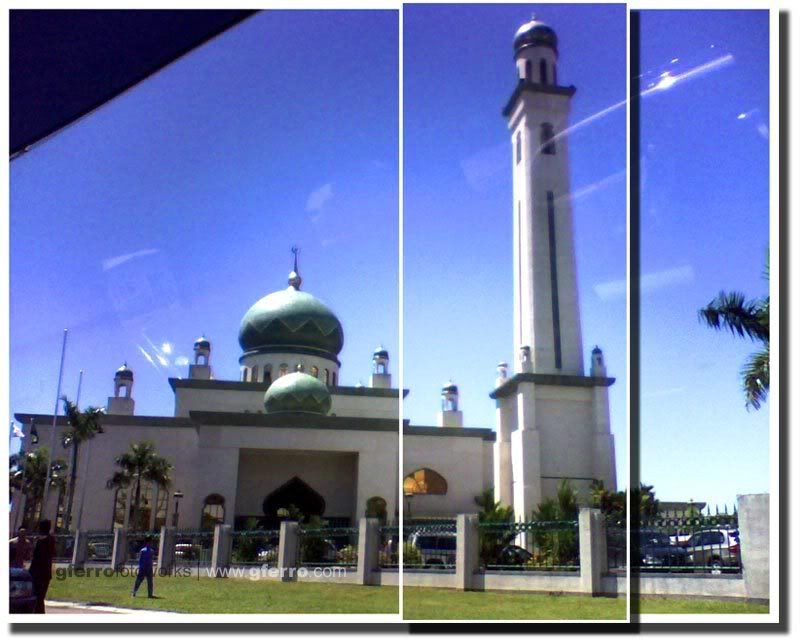
“Apabila telah dihidangkan makan malam, maka mulakanlah ia sebelum kamu menunaikan solat Maghrib, dan jangan kamu tergopoh-gapah ketika makan malam kamu.”
(Riwayat Bukhari dan Muslim).
Dalam hadis yang lain daripada Abdullah bin Umar, Baginda s.a.w. bersabda:
“Apabila dihidangkan makan malam seseorang kamu, sedangkan solat (jamaah) telah didirikan, maka mulailah dengan makan malam. Janganlah dia tergopoh-gapah sehinggalah dia selesa.”
(Riwayat Bukhari dan Muslim).
Riwayat di atas juga menambah:
Bahawa Ibn Umar r.a. apabila dihidangkan untuknya makanan, manakala solat pula sedang didirikan, maka beliau tidak mendatangi solat melainkan hingga beliau selesai makan, sedangkan beliau mendengar bacaan imam. Ini kerana meninggalkan makanan dalam keadaan keinginan yang kuat untuk menjamahnya atau dalam perasaan lapar, boleh menghilangkan khusyuk di dalam solat, disebabkan ingatan terhadap makanan tersebut. Dengan itu para ulama menyatakan dimakruhkan solat setelah makanan terhidang di hadapan mata. Kata an-Nawawi (meninggal 676H): Di dalam hadis-hadis tersebut dimakruhkan solat apabila terhidangnya makanan yang hendak dimakan kerana ia boleh mengganggu hati dan menghilangkan kesempurnaan khusyuk.
(An-Nawawi, Syarh Sahih Muslim, 4/208, cetakan: Dar al-Khair, Beirut).
Sebenarnya bukan pada makan malam atau solat Maghrib sahaja kita disunatkan mendahulukan makanan yang dihidang sebelum solat, bahkan sunah ini meliputi semua solat dan waktu makan kerana dibimbangi menghilangkan khusyuk. Ini sekiranya makanan telah terhidang di depan mata. Al-Munawi (meninggal 1031H) pula menyebut:
“Hadis tersebut menyatakan hendaklah didahulukan makan malam sebelum solat Maghrib. Namun ia juga dipraktikkan juga pada solat-solat yang lain. Ini kerana punca arahan ini ialah bimbang hilangnya khusyuk.”
(al-Munawi, Faidh al-Qadir, 1/295, cetakan: al-Maktabah al-Tijariyyah al-Kubra, Mesir).
Malangnya ada di kalangan yang kurang faham, lalu mereka menyatakan bahawa kalau azan sudah berkumandang, hidangan dan makanan hendaklah ditinggalkan demi mengutamakan solat jemaah. Inilah kedangkalan meneliti hadis-hadis Nabi s.a.w., lalu mengandaikan agama dengan emosi sendiri.
Adapun sekiranya makanan belum terhidang atau perasaan keinginan terhadap makanan tiada, maka tidaklah dimakruhkan untuk terus solat. Ini bukanlah bererti kita disuruh mementingkan makanan melebihi solat, sebaliknya tujuan arahan Nabi s.a.w. ini ialah untuk memastikan kesempurnaan solat. Al-Imam Ibn Hajar al-`Asqalani (meninggal 852H) memetik ungkapan Ibn Jauzi (meninggal 597H):
“Ada orang menyangka bahawa mendahulukan makanan sebelum solat adalah bab mendahulukan hak hamba ke atas hak Tuhan. Sebenarnya bukan demikian, tetapi ini adalah menjaga hak Allah agar makhluk masuk ke dalam ibadahnya dengan penuh tumpuan. Sesungguhnya makanan mereka (para sahabat) adalah sedikit dan tidak memutuskan mereka daripada mengikuti solat jemaah.”
(Ibn Hajar al-`Asqalani, Fath al-Bari, 2/385, cetakan: dar al-Fikr, Beirut).